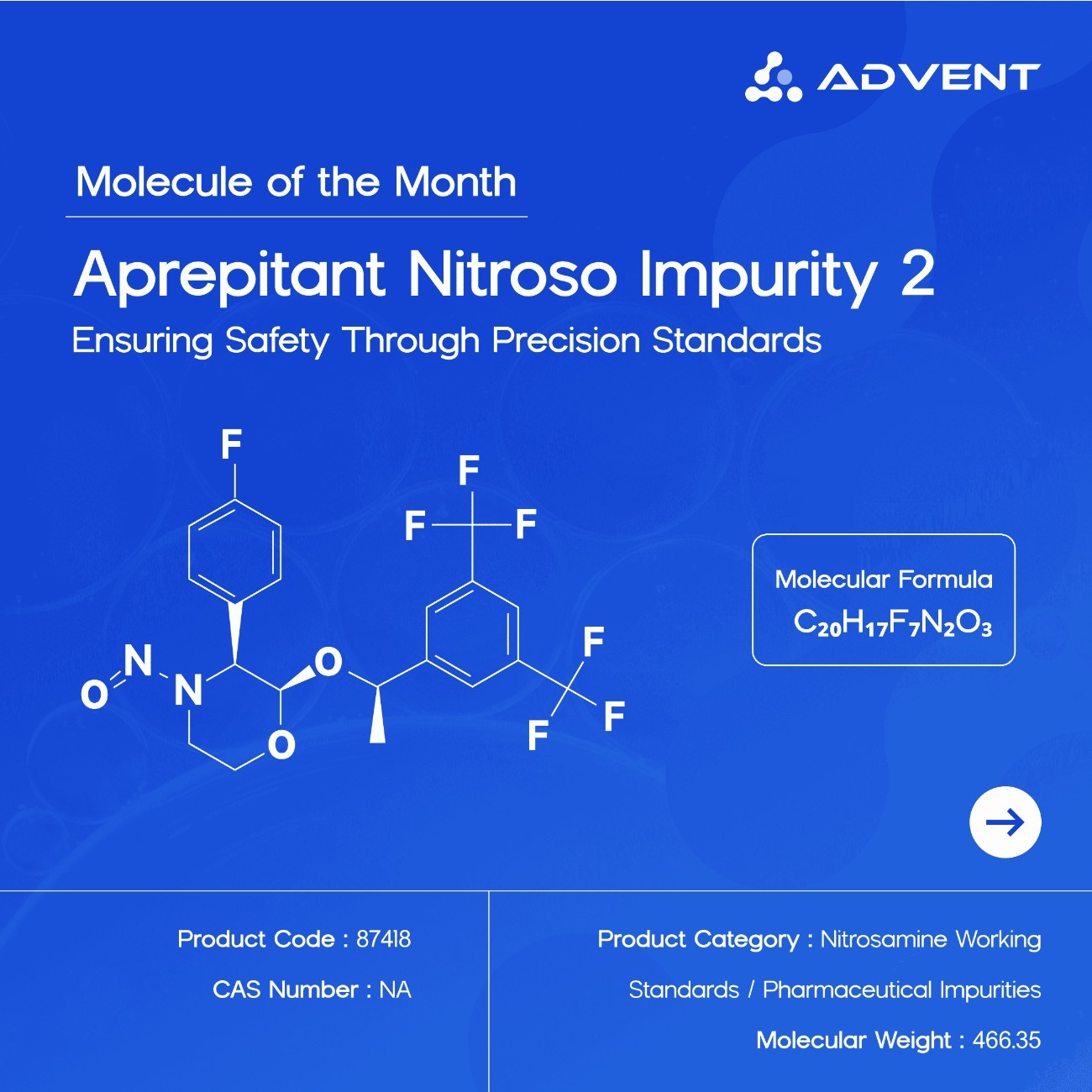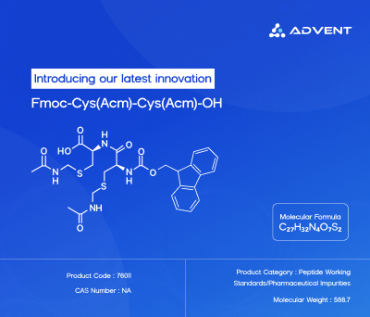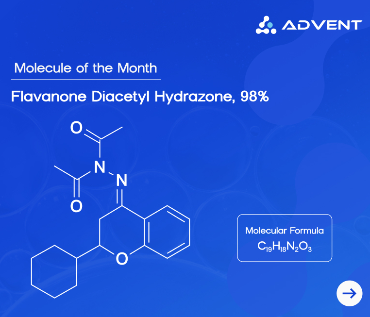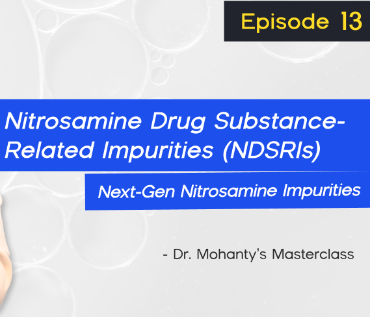In modern pharmaceutical manufacturing, safety and compliance are no longer optional—they are mission-critical. Regulatory scrutiny has intensified, particularly in the wake of recurring discoveries of nitrosamine impurities in widely used medications. From antihypertensives to antidiabetics, drug recalls and public concern have underscored the necessity of not only identifying these impurities but also proving that robust systems exist to detect, quantify, and control them at trace levels.
Few compounds illustrate this urgency more clearly than Aprepitant, a selective neurokinin-1 (NK1) receptor antagonist used to prevent nausea and vomiting associated with chemotherapy and surgery. While Aprepitant is invaluable in oncology and postoperative care, its chemical structure includes a morpholine moiety—a known risk factor for nitrosamine formation. This structural reality has pushed Aprepitant into the spotlight of nitrosamine control discussions worldwide.
Generic nitrosamine surrogates are no longer enough for regulatory compliance. Agencies now emphasize the importance of drug-substance-related nitrosamines (NDSRIs)—impurities formed specifically due to the API’s own structure and synthetic pathways. For Aprepitant, one such NDSRI is Aprepitant Nitroso Impurity 2, a compound characterized by the presence of a nitroso group (–N=O) on the morpholine ring, with defined stereochemistry (2R,3S) and an (R) configuration at the ethoxy chiral center.
To meet this compliance challenge, Advent has developed and launched Aprepitant Nitroso Impurity 2 as a high-purity (>98%), structurally specific working standard, supplied with a comprehensive analytical dossier (¹H NMR, Mass, IR, TGA) and a Certificate of Analysis (CoA) with potency. Available at scalable quantities (mg → g) and ready from stock, it enables pharmaceutical companies to confidently validate methods, conduct QC testing, and maintain regulatory alignment while safeguarding patients.
This article explores the stakes, the science, and the solution: why nitrosamine controls matter, what Aprepitant Nitroso Impurity 2 offers, and how laboratories and manufacturers can integrate it seamlessly into their compliance strategy.
The Stakes: Nitrosamines, NDSRIs, and Why Surrogates Fall Short
Nitrosamines, including drug-substance-related nitrosamine impurities (NDSRIs), are classified as probable human carcinogens. Their formation is driven by interactions between secondary/tertiary amines and nitrosating agents such as nitrite, often under mildly acidic conditions. Even at parts-per-billion (ppb) concentrations, regulatory bodies such as the FDA, EMA, and ICH enforce strict acceptable intake (AI) limits, pushing labs to achieve ultra-sensitive detection capabilities.
Surrogate standards—such as NDMA or NDEA—were initially used to validate nitrosamine testing methods across APIs. However, they lack structural relevance to specific drugs like Aprepitant, risking inaccurate calibration, incomplete specificity checks, and weak regulatory defensibility.
With Aprepitant Nitroso Impurity 2, labs gain a structurally matched reference compound. This ensures analytical methods are tuned for the actual impurity that may form, not a proxy. The result: stronger submissions, smoother audits, and ultimately greater patient safety.
Aprepitant at a Glance
Therapeutic Role: Prevents chemotherapy-induced and postoperative nausea/vomiting by blocking NK1 receptors.
Structural Concern: Contains a morpholine moiety (secondary amine), susceptible to nitrosation under certain conditions.
Formation Risk: Aprepitant Nitroso Impurity 2 represents a realistic degradation/by-product pathway, making it a regulatory focus.
By addressing this risk with a validated working standard, pharmaceutical manufacturers can demonstrate proactive control in line with international guidance.
Product Snapshot
Product Name: Aprepitant Nitroso Impurity 2
Chemical Name / Synonym: (2R,3S)-2-((R)-1-(3,5-Bis(trifluoromethyl)phenyl)ethoxy)-3-(4-fluorophenyl)-4-nitrosomorpholine
Molecular Formula: C₂₀H₁₇F₇N₂O₃
Molecular Weight: 466.35 g/mol
Product Code: 87418
CAS Number: NA
Category: Nitrosamine Working Standards / Pharmaceutical Impurities
Purity: >98% (by HPLC)
Characterization: ¹H NMR, Mass, IR, TGA, CoA with potency
Availability: Scalable from milligrams to grams, ready stock with prompt delivery
What Aprepitant Nitroso Impurity 2 Enables
1. Method Development & Validation
Specificity & ID: Anchors chromatographic selectivity for LC–MS/MS or GC–MS.
Sensitivity: Supports trace-level quantification at ppb, aligned to acceptable intake limits.
Linearity & Range: Ensures accurate calibration across LOQ to regulatory thresholds.
Accuracy & Precision: Facilitates recovery studies, robustness checks, and reproducibility across labs.
2. Routine Quality Control (QC)
System Suitability Testing: Provides reference peaks for retention time and response factor checks.
Lot Release Testing: Ensures ongoing monitoring of nitrosamine levels in Aprepitant formulations.
Change Control: Validates process adjustments (e.g., excipient suppliers, synthetic steps).
3. Stability & Degradation Studies
Stress Testing: Validates potential impurity pathways under heat, humidity, and light.
Root-Cause Analysis: Aids investigations when unexpected nitrosamine levels are detected.
Implementation Playbook
Analytical Platforms
LC–MS/MS remains the gold standard for sensitivity and selectivity in NDSRI detection. GC–MS may apply in specific derivatized workflows.Sample Preparation
Recovery experiments across matrices (API, finished product) should account for nitrosamine extraction efficiency, adsorption losses, and carryover.Calibration & Storage
Stock solutions should be freshly prepared or stability-qualified, stored under conditions that prevent interconversion.Risk-Based Integration
Align method LOQs with acceptable intake (AI) levels.
Define alert/action limits in QC SOPs.
Trend results routinely to detect early warning signals.
Regulatory Alignment
FDA Guidance (2024): Calls for confirmatory testing using validated methods, with AI thresholds enforced under the RAIL (Recommended Acceptable Intake Limit) framework.
EMA: Expects systematic assessment and control of nitrosamine risks, backed by validated methods and appropriate standards.
ICH M7(R2): Provides the mutagenic impurity framework for risk assessment and control of nitrosamines, including NDSRIs.
By using Aprepitant Nitroso Impurity 2, companies can map their testing programs directly onto these requirements, ensuring smoother audits, stronger regulatory submissions, and minimized recall risks.
Conclusion
The pharmaceutical industry’s journey with nitrosamines has shifted from reactive recalls to proactive control. For drugs like Aprepitant, structurally specific NDSRI standards are not just useful—they are essential.
Aprepitant Nitroso Impurity 2 delivers:
High Purity (>98%) for regulatory confidence.
Scalability (mg → g) for both R&D and QC.
Comprehensive Characterization (¹H NMR, Mass, IR, TGA) for traceability.
Regulatory Alignment with FDA, EMA, and ICH guidance.
In an era where every molecule matters, this standard bridges science with safety—empowering labs and manufacturers to protect patients, satisfy regulators, and sustain trust in one of oncology’s most important supportive-care drugs.
Want to know more about this chemical? Visit www.adventchembio.com and get all the required details you want.




